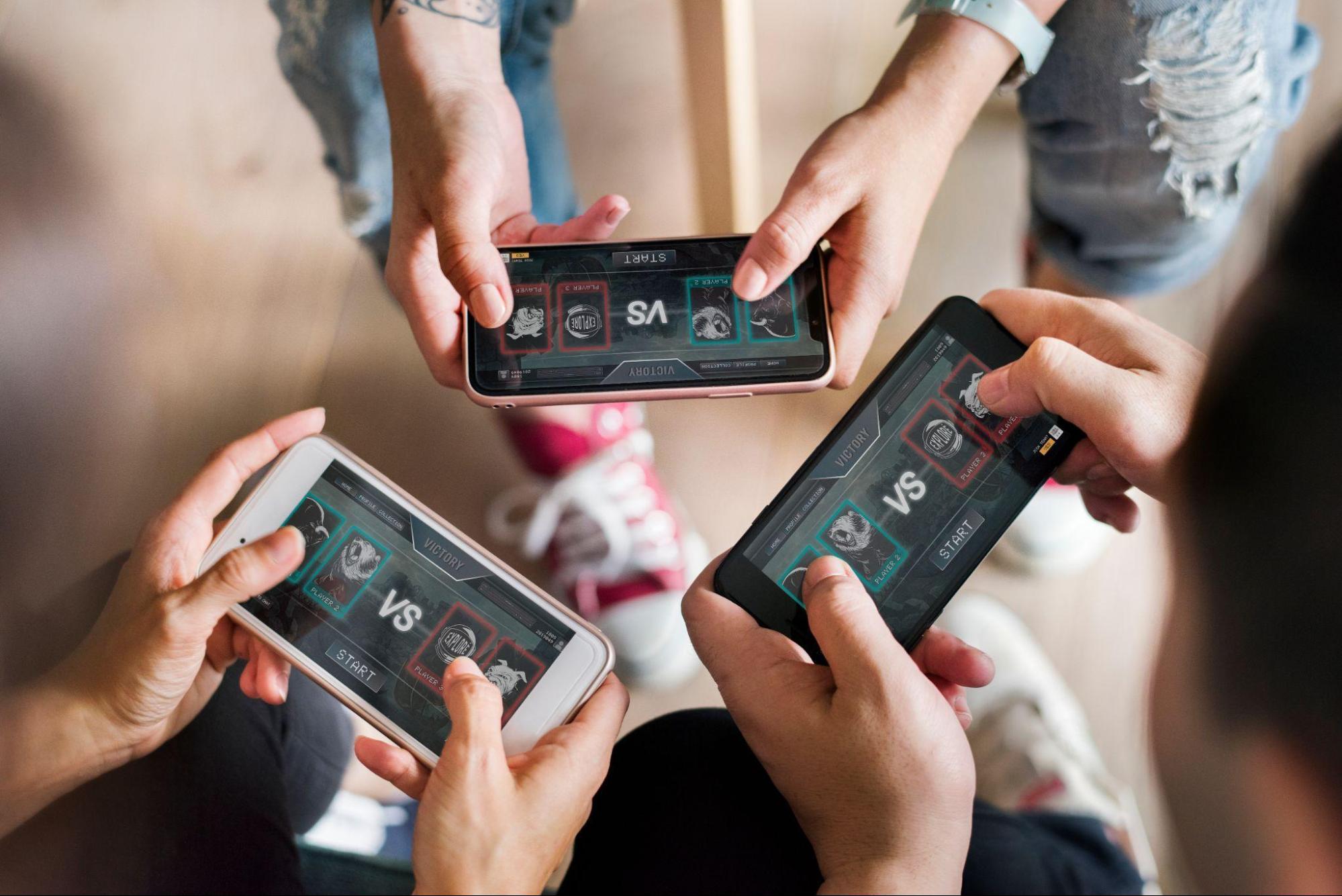From Console to Mobile: Adapting Classic Controls for Touch Devices
3/10/2025


There’s something timeless about loading up a cartridge or sliding a disc into a console and feeling the click of physical buttons beneath your thumbs. Those tactile experiences defined how a generation learned to play, and they remain etched into memory long after the consoles themselves have been boxed away. It keeps the sense of the original but sounds more like something you’d find in a lifestyle or gaming magazine headline.
But, while touchscreens offer portability and convenience, they present a new challenge: how do you translate the precision of a D-pad or the responsiveness of an arcade stick into flat glass? Finding a way to keep that old sense of control while playing on a phone has become one of the biggest hurdles for retro gaming today.
Even iGamers Have to Adapt
Ask anyone who grew up with a NES or a Mega Drive, and they’ll tell you that the magic wasn’t just in the games, but in the way the controls felt in your hands. The solid D-pad, the spring of the buttons, and even the slight resistance of a joystick all added to the experience.
However, adaptations are even required for casino gaming enthusiasts when they first make the move to online casinos. If you are accustomed to physical slot machines or making physical ‘call’ or ‘hit’ signs during poker or blackjack, it can be a bit confusing to play online at first.
One may see the gaming libraries and wonder what in the world is Sic Bo or how does Plinko work?. Plinko games work by rolling a ball down a pegged board to unlock wins. Various Plinko casinos have different risk levels, high RTP play, and crypto deposits and withdrawals. It can all be a little jarring. However, most new players quickly discover that the platforms built around it make things easier by highlighting the benefits and controls through simple layouts, quick access, and transparent rules.
It’s the same with old arcade games; if the controls respond the way you expect, it can be much easier to adapt than one may realize at first.
The Touchscreen Challenge
Moving classic controls onto a touchscreen isn’t as simple as copying button layouts onto glass. Phones don’t offer the same click or resistance, so you lose that instant feedback. It’s easy to miss a press or slide your thumb too far, especially during fast action. Fighting games and platformers feel the strain most because they rely on quick, precise inputs and complex combo moves that just don’t translate well.
Slower genres, like puzzle or turn-based titles, get away with it more easily. Early mobile ports tried to get around the problem with on-screen buttons, but these often felt clumsy and blocked part of the display.
Creative Solutions Developers Use
Developers have experimented with all sorts of ways to make old games playable on mobile without losing their charm. One of the most common fixes is letting players move the on-screen buttons for different ways to play, so the layout feels comfortable for different hand sizes. Some games ditch buttons altogether and lean on gestures instead, a quick swipe to jump, a tap to attack, or a hold to run.
It might not match the original design, but it can make the action flow more smoothly. Others go for a mix, adding semi-transparent overlays that stay out of the way while still offering familiar shapes. A few even bring in haptic feedback, so you get a small vibration that mimics a button press. And sometimes, the best choice is to rethink the mechanics entirely. Instead of forcing the old controls onto a touchscreen, developers adjust the gameplay to fit mobile.
Accessories and Alternatives
For players who want the full console feel on mobile, there are a few hardware options that bridge the gap. Some people use clip-on controllers that attach to their phone, which makes it much easier to play on the move. Some companies even make specialised gamepads designed specifically for retro titles, letting you slide into classic games without changing how you play.
Key benefits of using these accessories include:
- Physical buttons give better response for fast-paced games.
- Ergonomic designs reduce strain during longer sessions.
- Many controllers allow button remapping to match old favourites.
- Tactile feedback brings back the familiar feel of a console.
Hardcore fans tend to go for these controllers to keep the experience authentic, while others are happy just using the touchscreen for quick, easy play. Either way, it can take some time to learn to adapt to mobile gaming. However, many agree that it’s worth the effort.